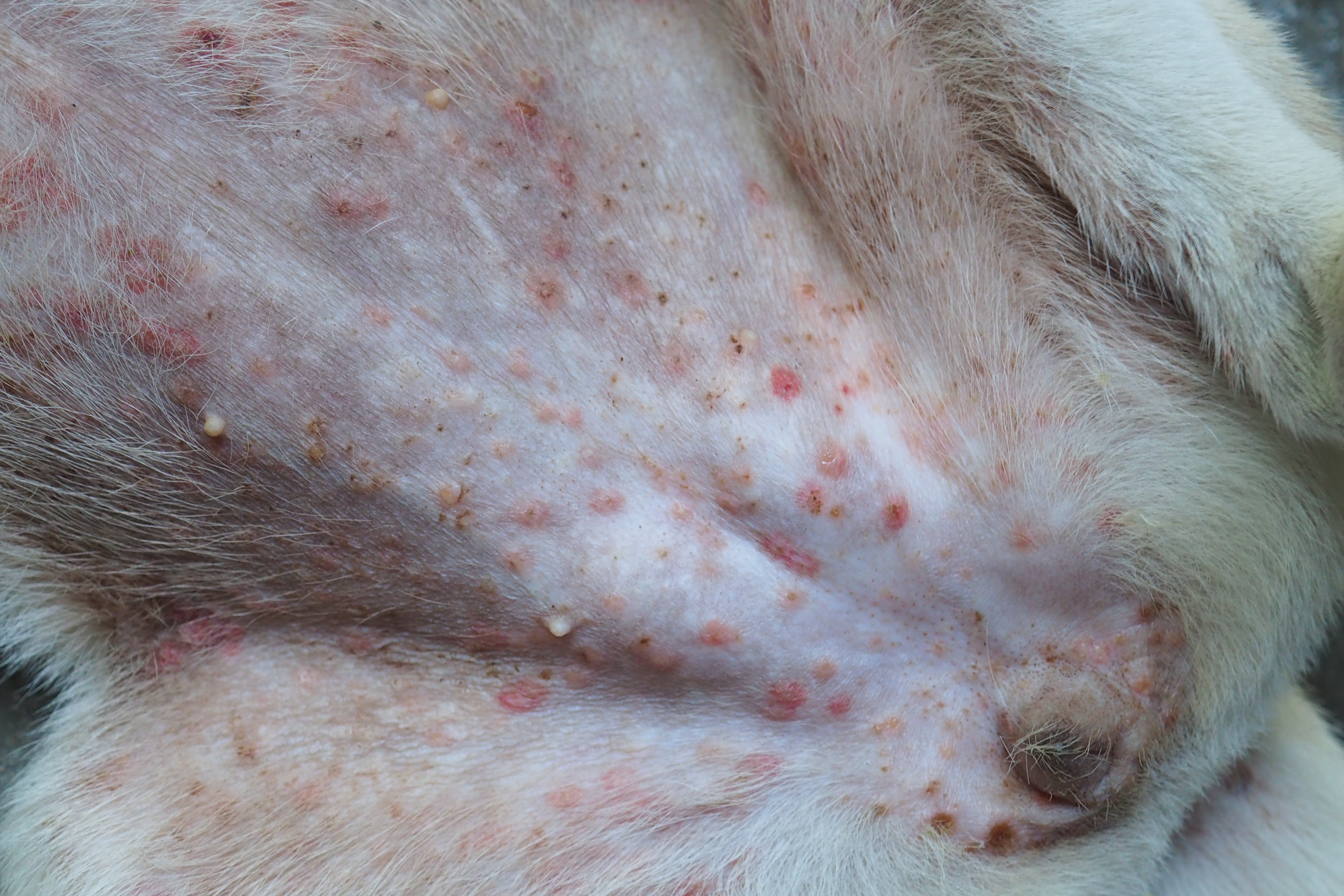The AMR Vet Collective Podcast Episode 1
2021-03-19Microbial skin disease with Linda Vogelnest

Podcast 1 - Microbial skin disease with Linda Vogelnest
Welcome to our very first AMR Vet Collective podcast!
We are so excited to bring you our conversation with specialist veterinary dermatologist Dr Linda Vogelnest. This podcast is the first of what will be an ongoing series. We hope you enjoy it as much as we have enjoyed creating it.
One of the things we love about podcasts is that you can listen to them on the move, but for those of us without photographic memories, that can make it difficult to take note of all of the golden nuggets of advice that are packed into our podcast with Linda.
Don’t worry – we’ve got you’re back. Below is a summary of some of the major take-home messages from Linda – you’re welcome! Make sure you share them with your colleagues.
You can also find the video example of Linda performing a sticky-tape prep (thanks to Versatile Vet) on our continuing education page, as well as a download of the protocol to print and hang in your practice laboratory. If you’re not into learning by listening and prefer written notes, you can find a pdf download of the podcast transcript here as well.
Finally, if this podcast motivates you to review your management of skin cases and you don't already have an AMS program in place in your practice, why not start small and kick off with an AMS program just targeting skin cases? Here's a 12 step document to help you get started. It's easier than you think.
Access podcast here
Summary of take-home messages
Diagnostics
Cytology
- We should be doing cytology on all skin cases before prescribing any form of therapy – for sticky-tape sampling video click here.
- Sticky tape preps can be done on pretty much any species and lesion – may need to blot dry wet or oozing lesions first.
- Cytology in deep pyoderma can by trickier and bacteria may only be present in low numbers.
- Foci of neutrophils + lots of bacteria or yeast + skin lesions = microbial pyoderma. Don’t forget to look for an underlying cause.
Indicatons for culture
Superficial pyoderma
- Patient has been on appropriate therapy for 2-3 weeks
- The underlying disease is under control
- At recheck the patient still has lesions present and cytology shows a high number of neutrophils and bacteria
- Sample collection:
- Use a dry swab and aim for approximately 10 seconds of rubbing over each lesion.
- Store sample in the fridge while waiting to send to the lab.
Deep pyoderma:
- Culture is nearly always indicated, preferably using a biopsy sample.
- If you have positive cytology and/or mixed deep and superficial pyoderma, a superficial swab may be appropriate for culture.
Always perform cytology in conjunction with bacterial culture, both to confirm that culture is indicated and to enable you to better interpret your culture results.
Microbial skin disease is pretty much always secondary to something
- With chronic skin disease, there is always an underlying disease (atopy, skin folds, allergy, trauma, metabolic disease etc).
- Ensuring the underlying disease is identified, diagnosed, and managed as well as possible is key to minimising episodes of skin disease flare ups.
- Have you seen the same patient for skin disease more than 3-5 times over a 12 month period? Have you investigated for underlying disease? This qualifies as chronic skin disease and requires a long-term management plan.
- Patients with chronic skin disease need a long term plan (to manage the underlying disease and REDUCE the incidence of pyoderma) and a short term ‘flare’ plan (to manage episodes of pyoderma).
Cats ≠ dogs
- Superficial pyoderma lesions in cats often present quite differently to dogs. Cats rarely have alopecia, pustules, hyperpigmentation or lichenification. More commonly cats have erosions, excoriations, sometimes papular and/or show milliary dermatitis. The lesions are quite non-specific and can sometimes look like self-trauma.
- Cytology in cats in highly rewarding, with a generally very high numbers of bacteria present in cases of bacterial disease.
Treatment:
Superficial pyoderma
- Where possible, treat superficial pyoderma topically.
- Topical treatment options
- 2-4% Chlorhexidine solution (NOT the scrub formulations which contain soap)
- Where there is irritation with Chlorhexidine or for skin and skin folds around the eyes consider 0.5-1% betadine solution or silver-sulfadiazine lotion such as Flamazine.
- Topical antibiotics may be required when antiseptics are not effective.
- Fusidic acid (Conoptol eye gel for animals or Fucidin lotion which is a human ointment preparation)
If systemic antibiotics are required, use prescribing guidelines. Current recommendations are for 2-3 weeks of cephalexin or amoxicillin-clavulanate are the current first-line therapy options…
Deep pyoderma
- Systemic antibiotics are nearly always required for deep pyoderma. Use culture and susceptibility results and prescribing guidelines to guide therapy.
Resources mentioned during the podcast:
- Sticky tape prep video (courtesy of Versatile Vets)
- Sticky tape protocol print out for your laboratory
- Small animal Infection Prevention and Control (Guidelines) guidelines
